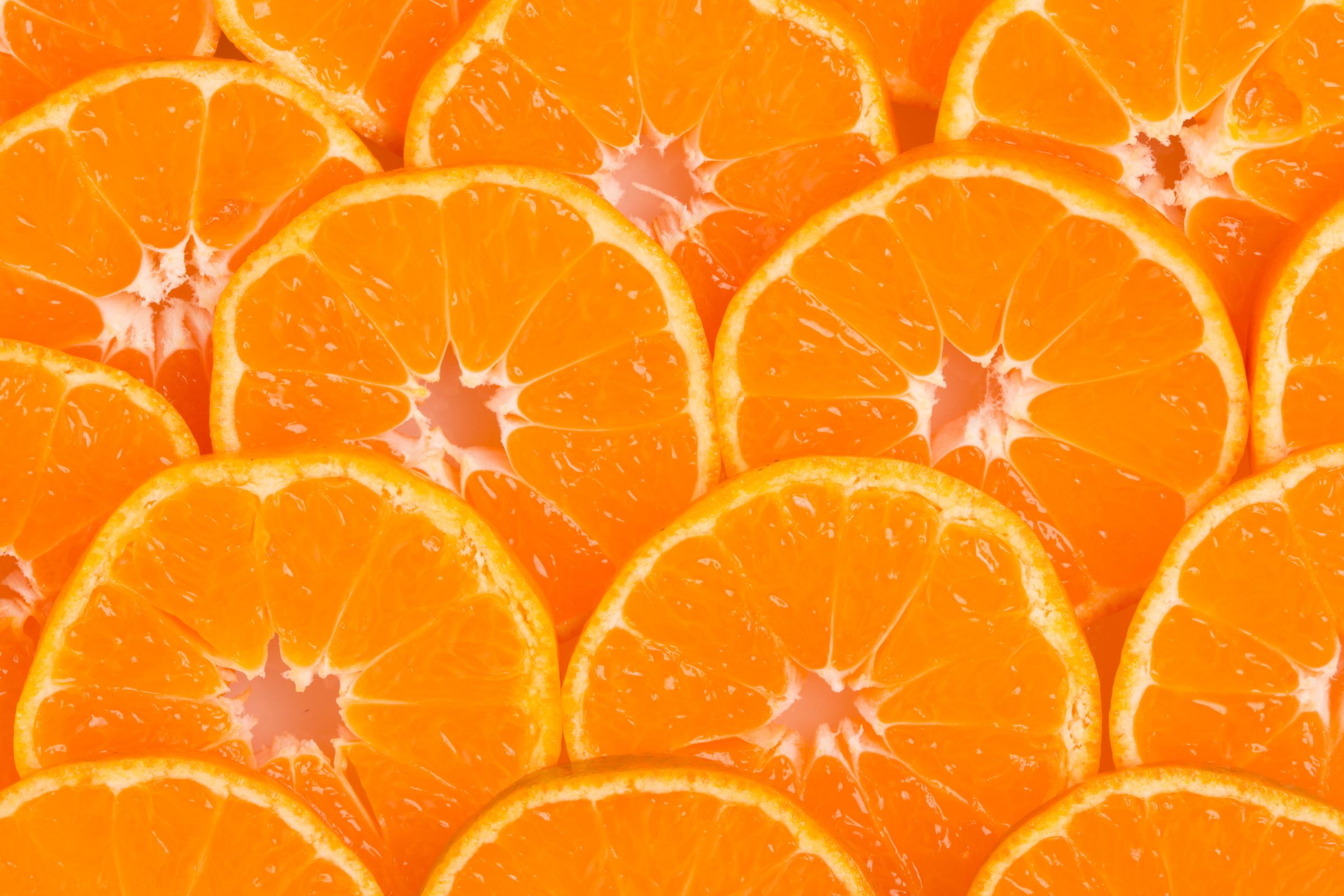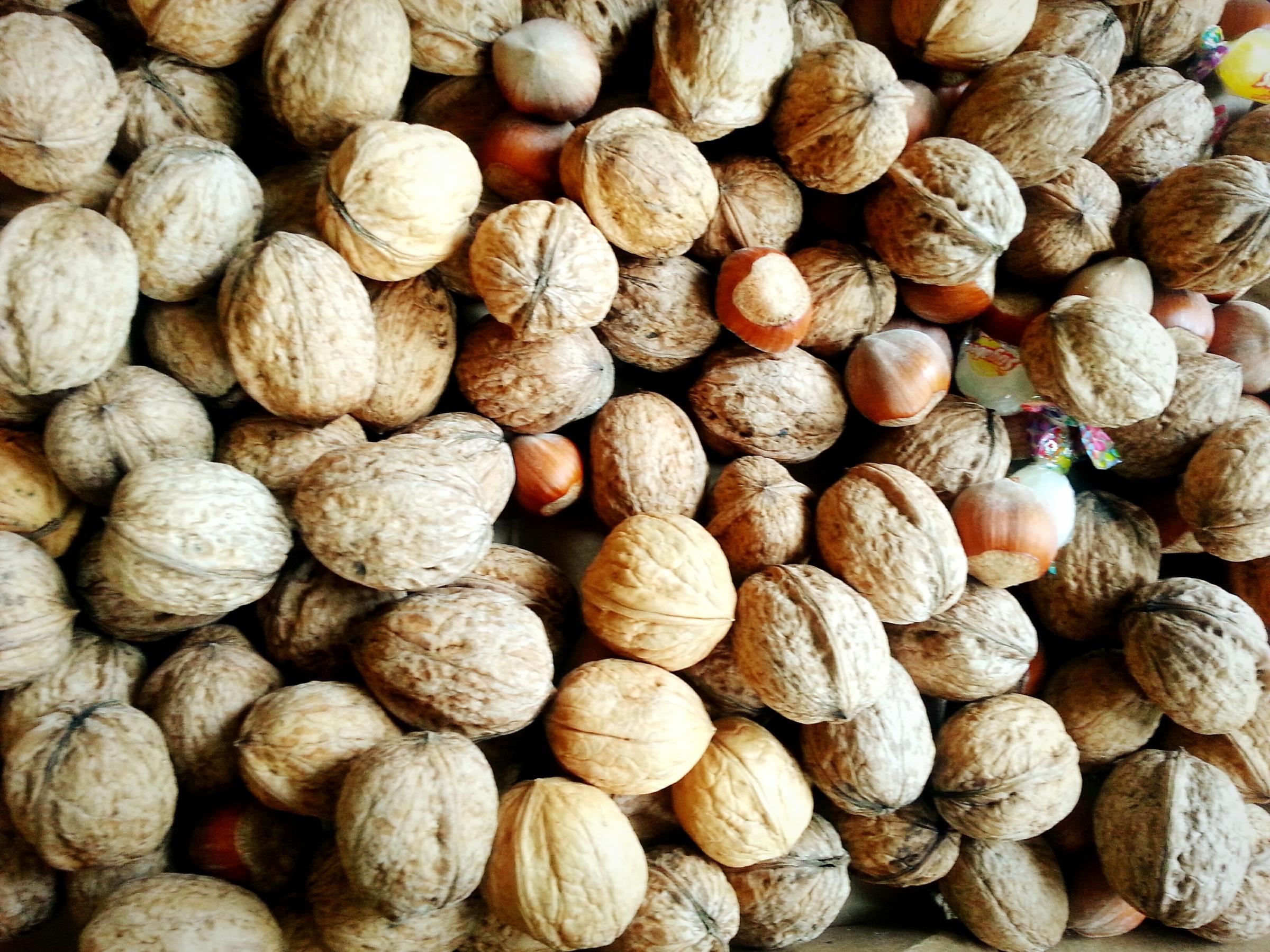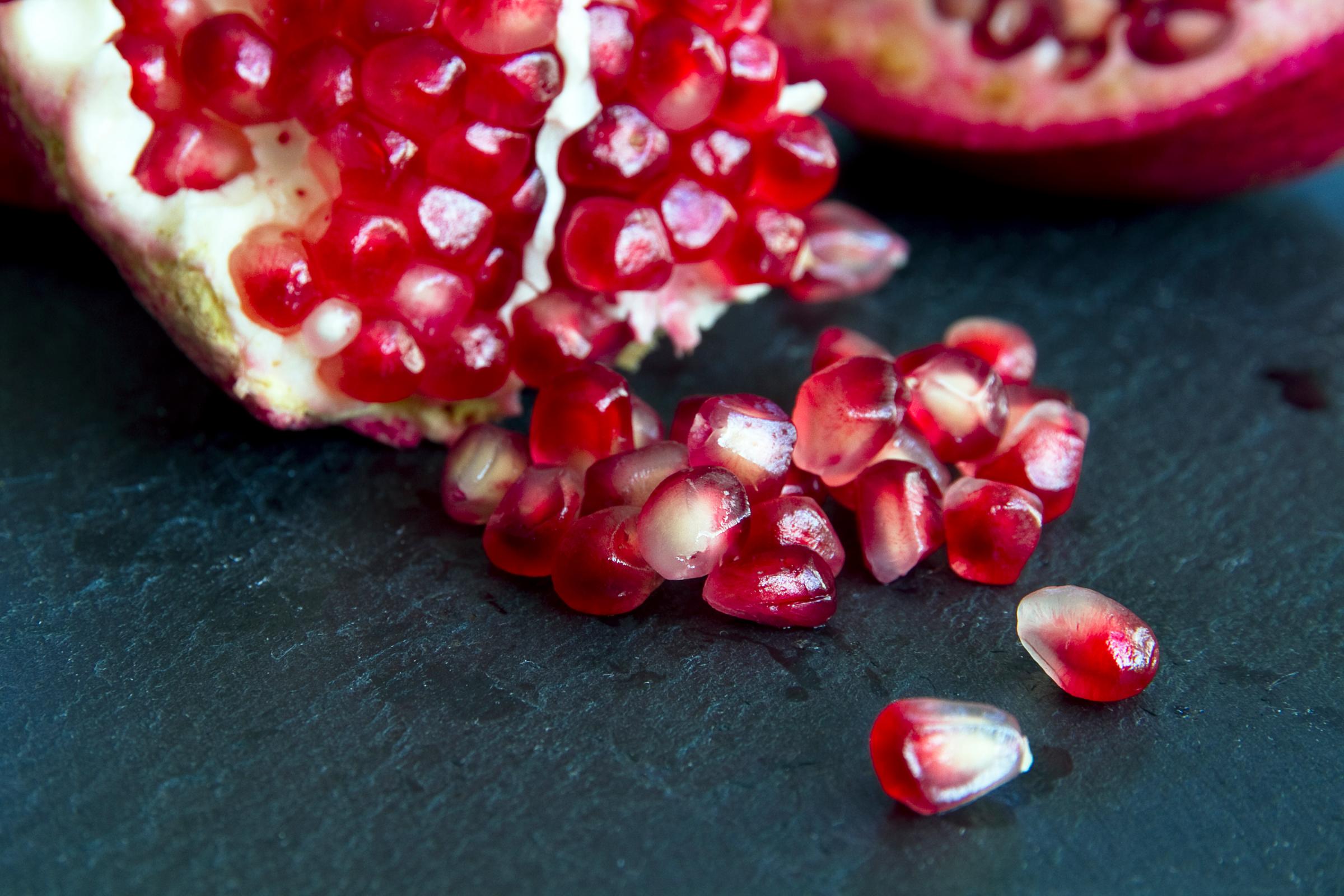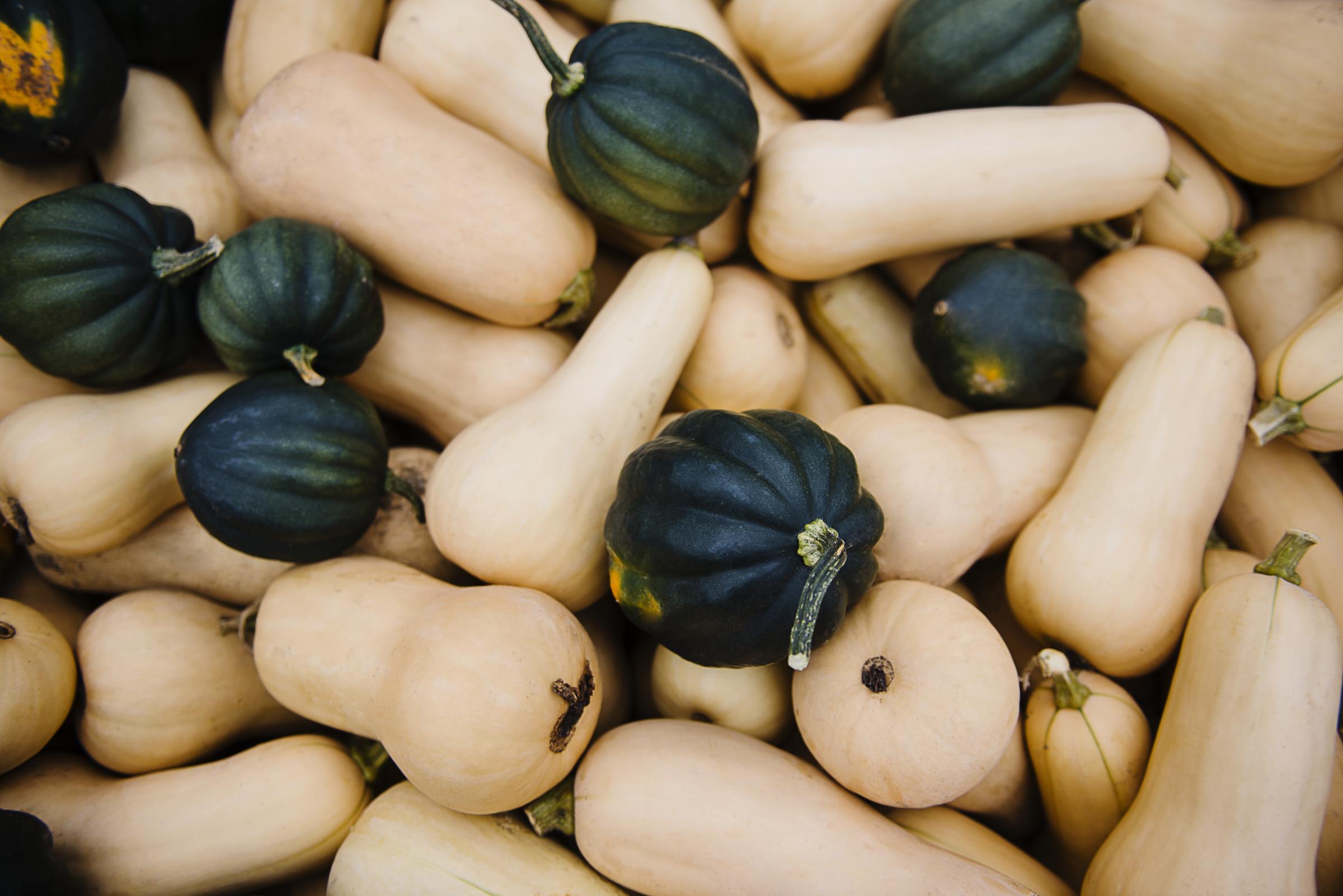Every month we round up what’s in season. This time, we asked Tara O’Brady, author of the book Seven Spoons: My Favorite Recipes for Any and Every Day, to help us highlight what should be on your grocery list.
Tangerines: Winter is prime time for these vitamin-C rich fruits. “As one of the first citrus fruits to hit their peak, tangerines are a vibrant addition to the winter table,” says O’Brady. She recommends using the juice in lieu of lemon to update a classic Hollandaise sauce, or to add a kick to the everyday pound cake. They’re also great addition to a winter salad.
Chestnuts: “Meaty, slightly sweet, and supremely buttery, chestnuts are wonderful snack to have with drinks, especially brandy. But, beyond snacking, chestnuts can also dress up stuffing for roast turkey,” says O’Brady. According to her, the best way to select chestnuts is to give them a shake. If you hear a rattle, don’t buy them because they’re likely dried out. Tou want chestnuts that feel tight inside their shells.
Broccoli: “Many brassicas sweeten after experiencing a frost, so now’s the time for them,” says O’Brady. Broccoli is a vegetable that’s available through the winter like several other brassicas (O’Brady’s December favorite is white cabbage). When choosing a quality head of broccoli, look for one that’s heavy and has little spouts that are close together. Avoid broccoli with visible yellowing.
Pomegranate: “A pile of pomegranates in the center of the table seems to immediately evoke a sense of feast and hospitality,” says O’Brady. “Rich in antioxidants and potassium, pomegranate seeds and juice have a sour-sweet flavor that helps perk up meals during the winter months.” O’Brady likes pomegranate seeds with salt, pepper and lime juice, or added to a breakfast yogurt. Pick a pomegranate that looks full and doesn’t have blemishes.
Winter squash: There are plenty of varieties to choose from, like spaghetti, butternut, delicata and acorn, available through the winter. Their warm colors add a nice touch to winter dinners, where they make a great side or main dish. They’re also low in calories and high in nutrients. Whichever version you choose, opt for one that’s without bruises and feels heavy.
Read more: The 50 (New) Healthiest Foods of All Time





More Must-Reads from TIME
- Donald Trump Is TIME's 2024 Person of the Year
- Why We Chose Trump as Person of the Year
- Is Intermittent Fasting Good or Bad for You?
- The 100 Must-Read Books of 2024
- The 20 Best Christmas TV Episodes
- Column: If Optimism Feels Ridiculous Now, Try Hope
- The Future of Climate Action Is Trade Policy
- Merle Bombardieri Is Helping People Make the Baby Decision
Contact us at letters@time.com